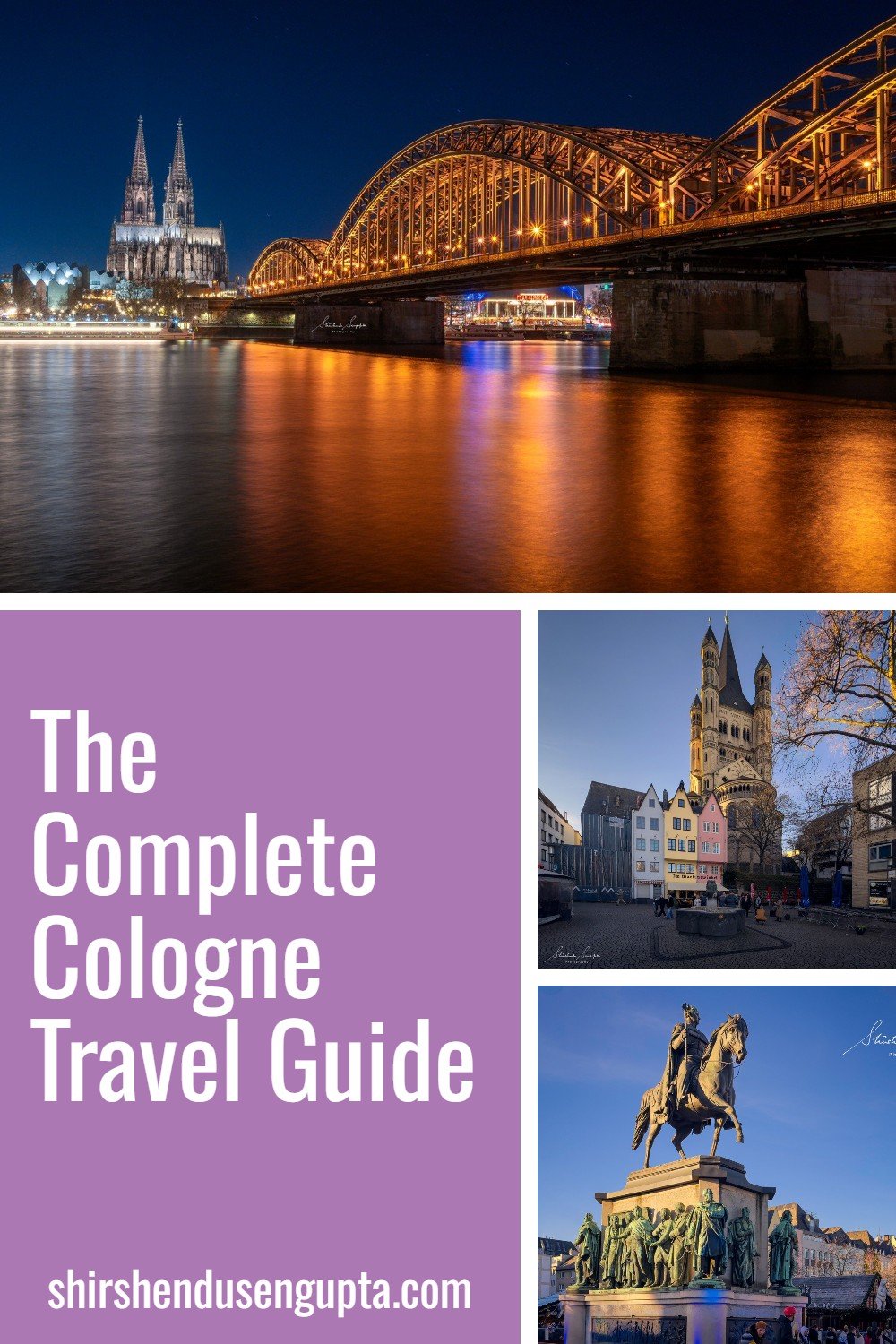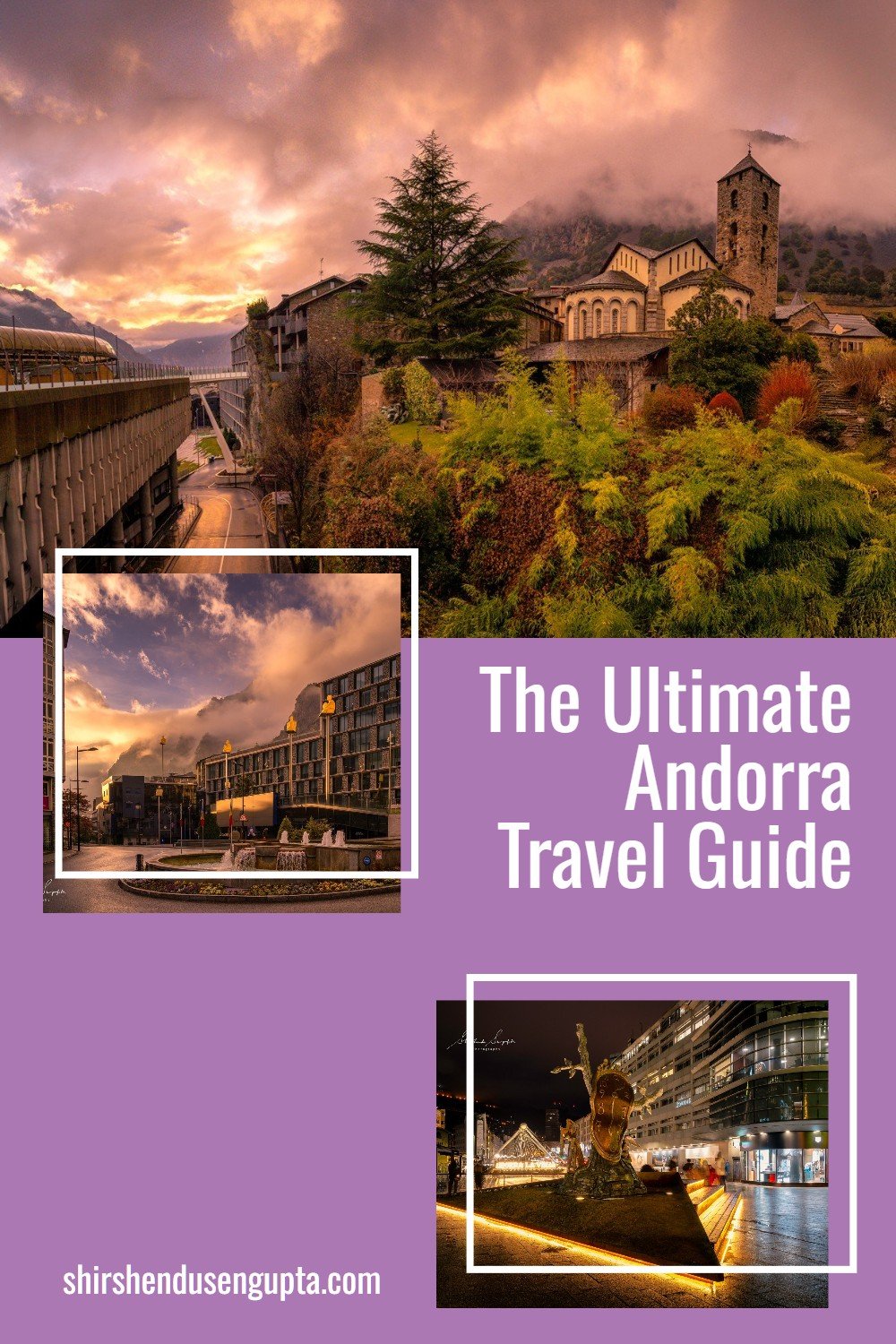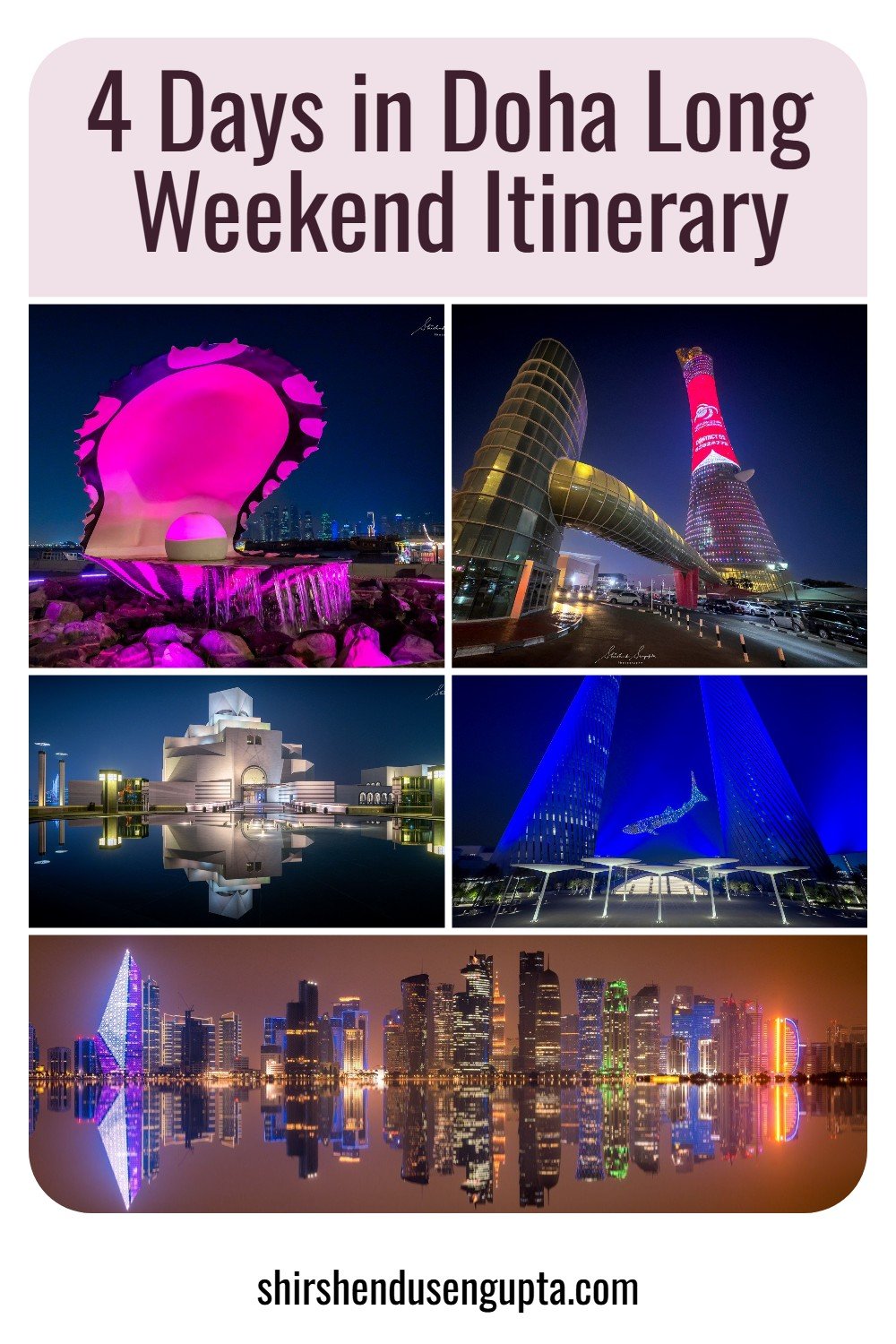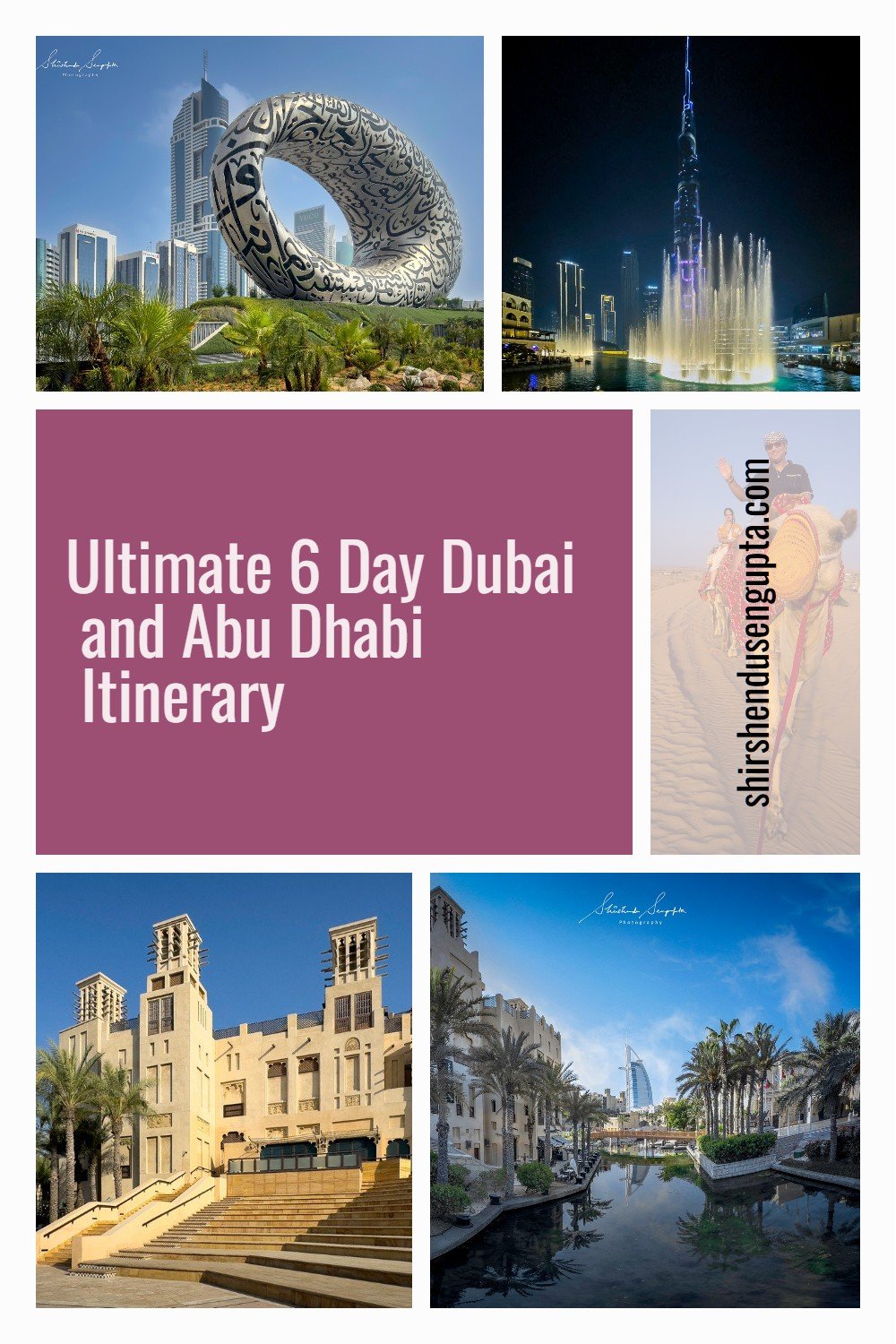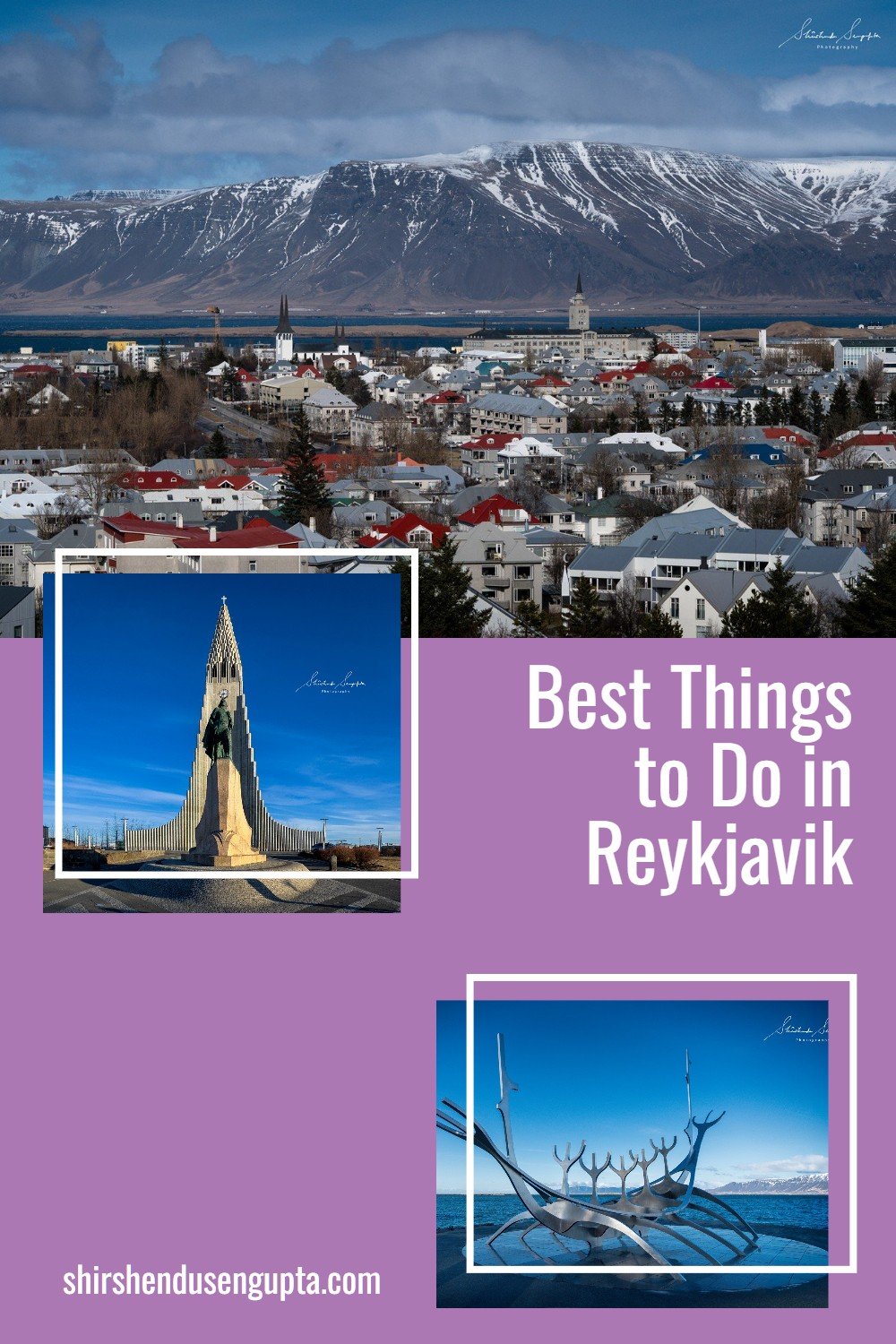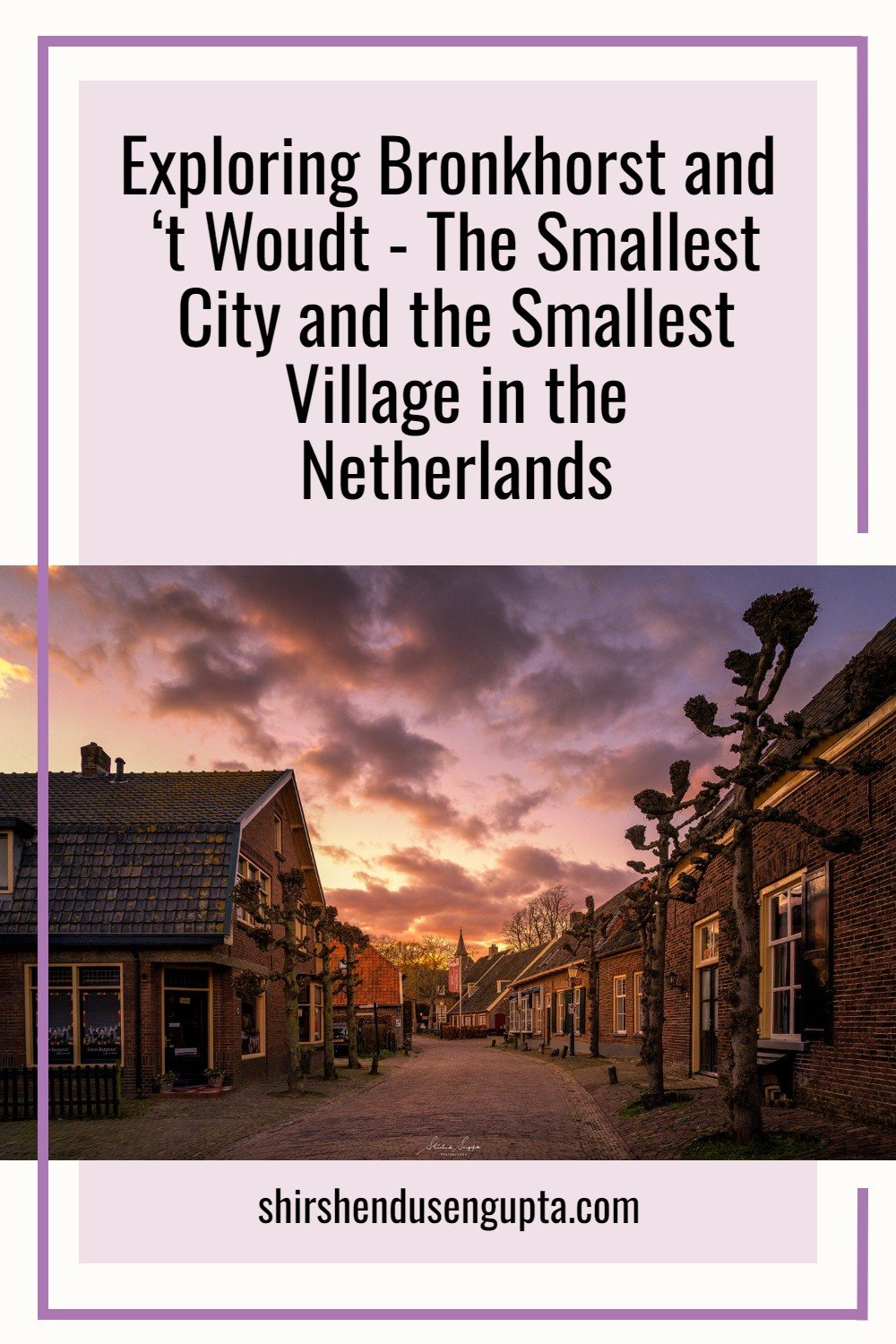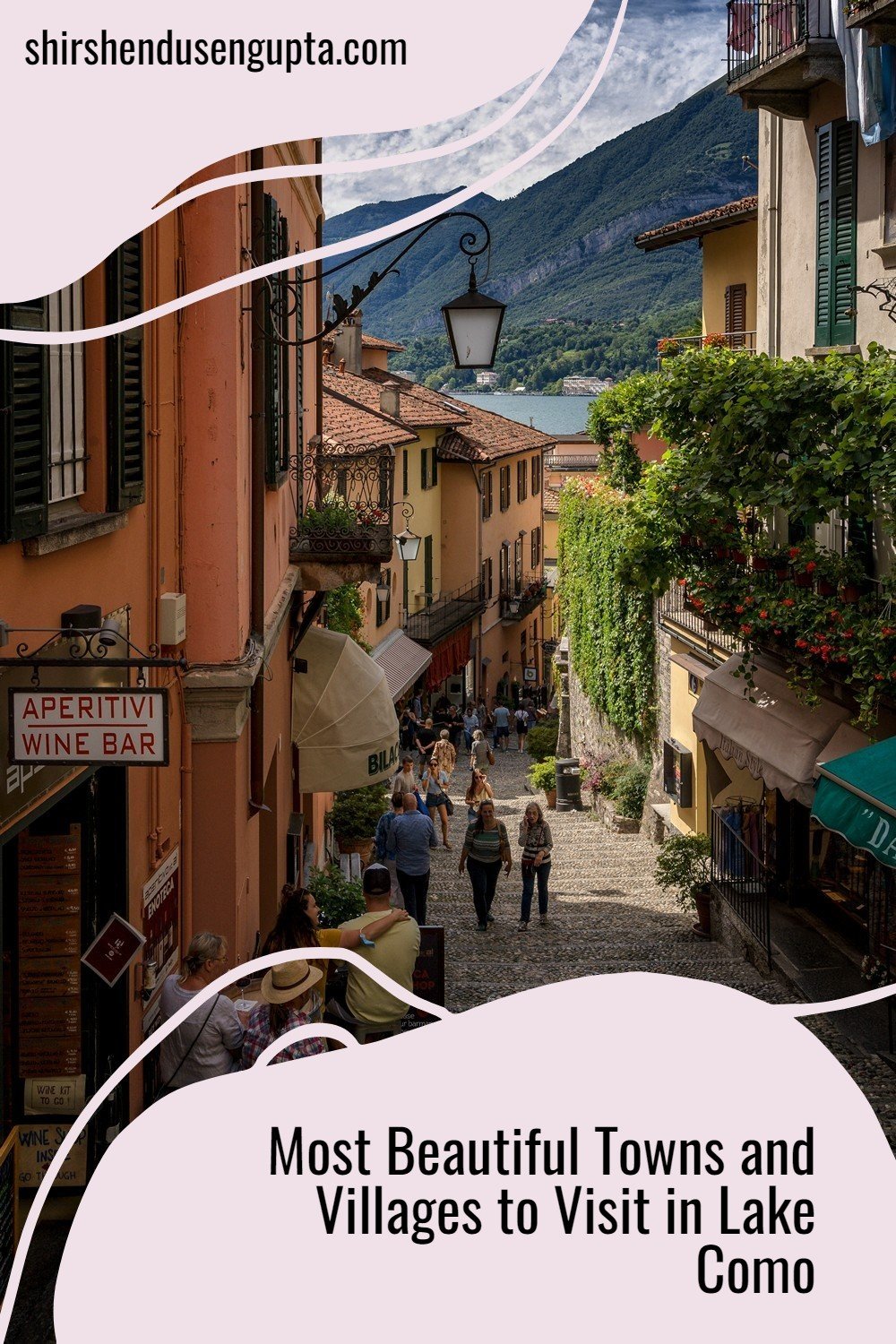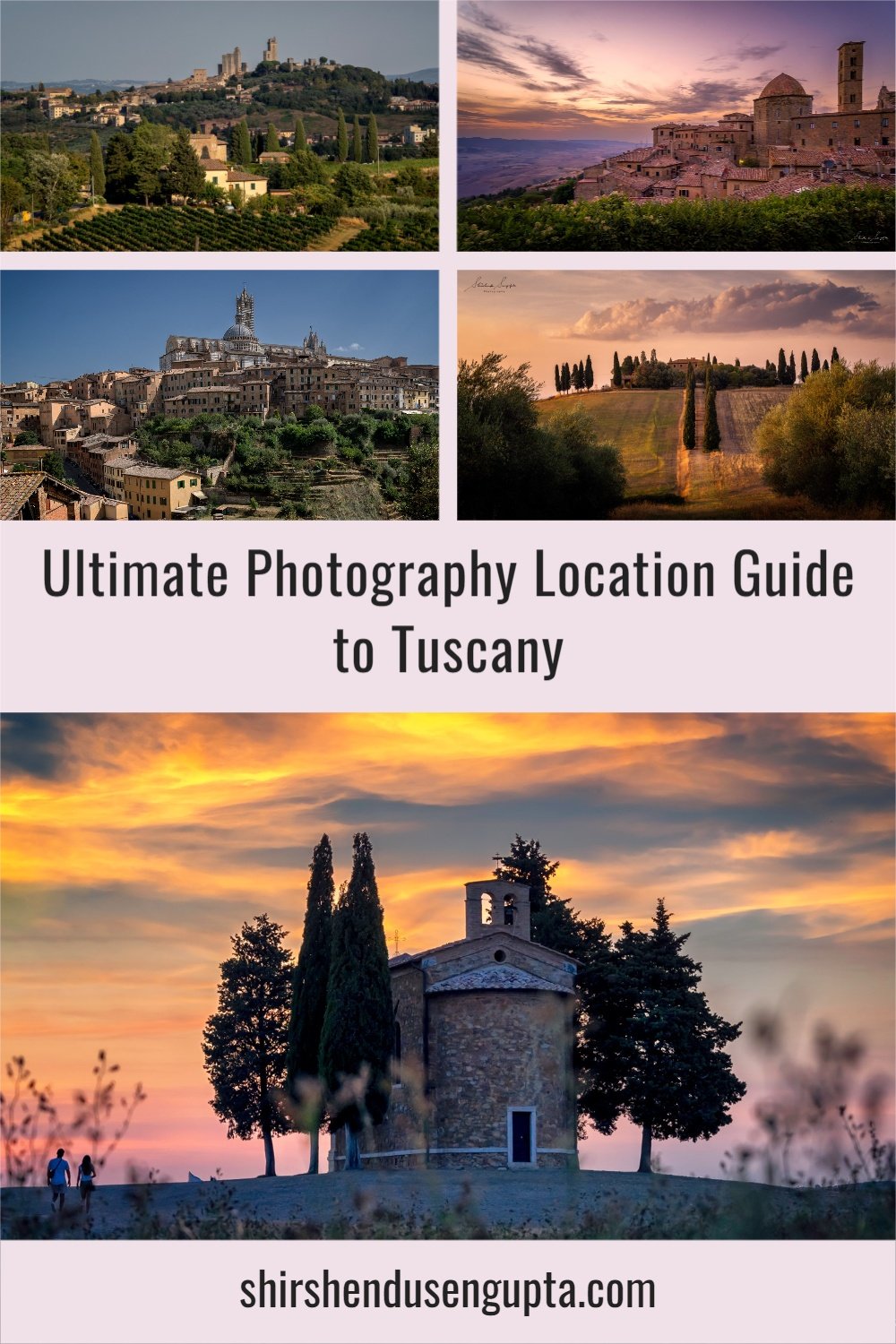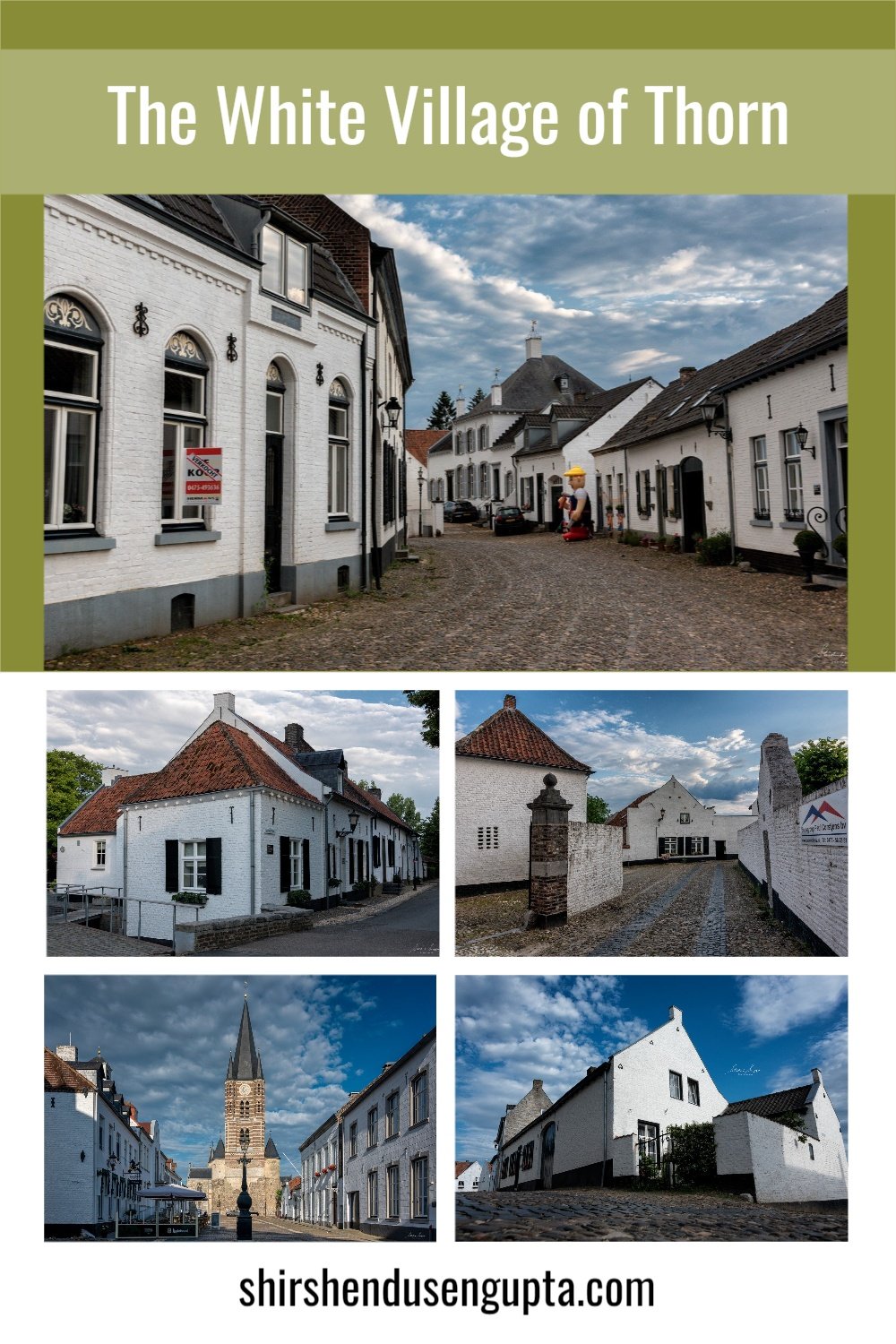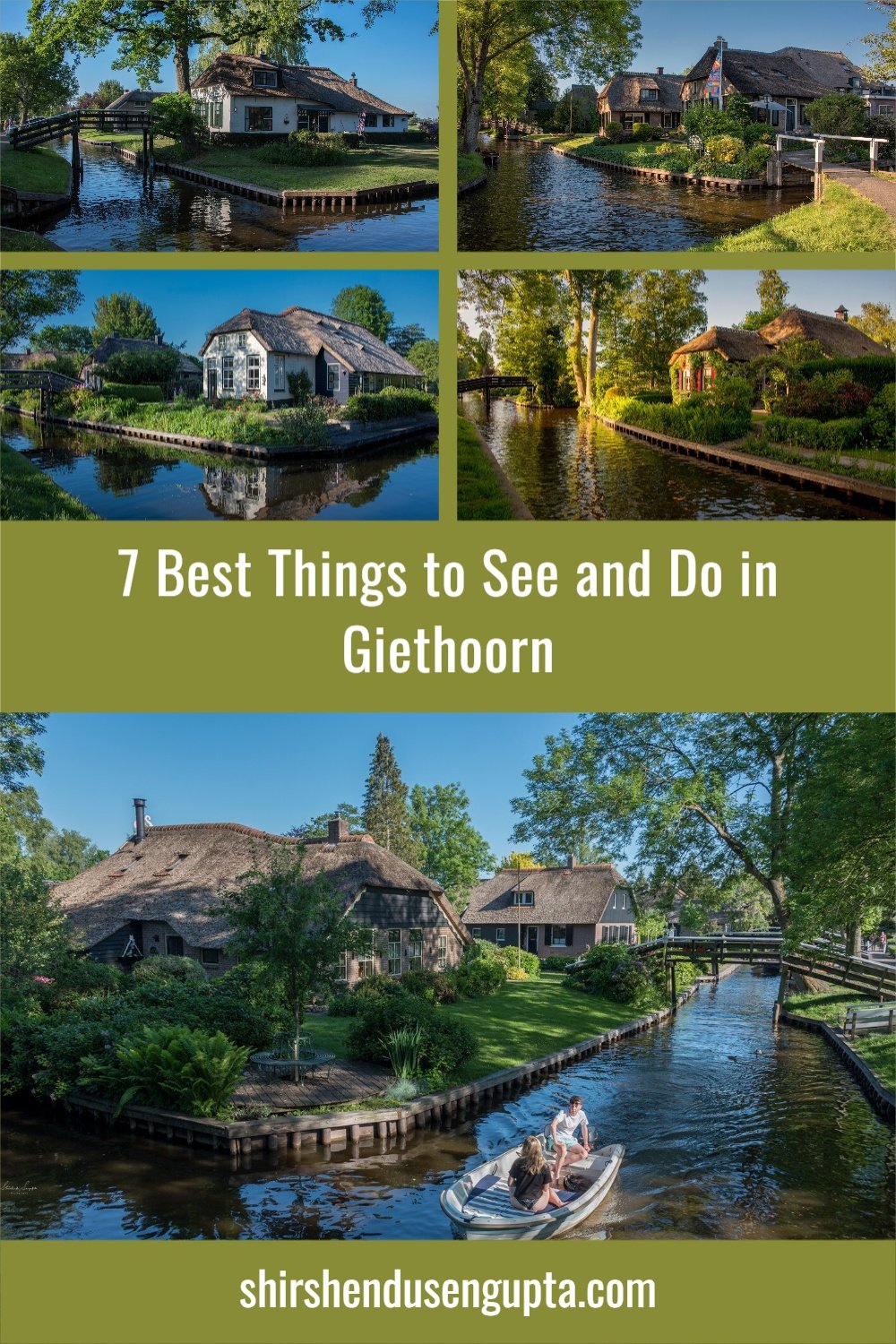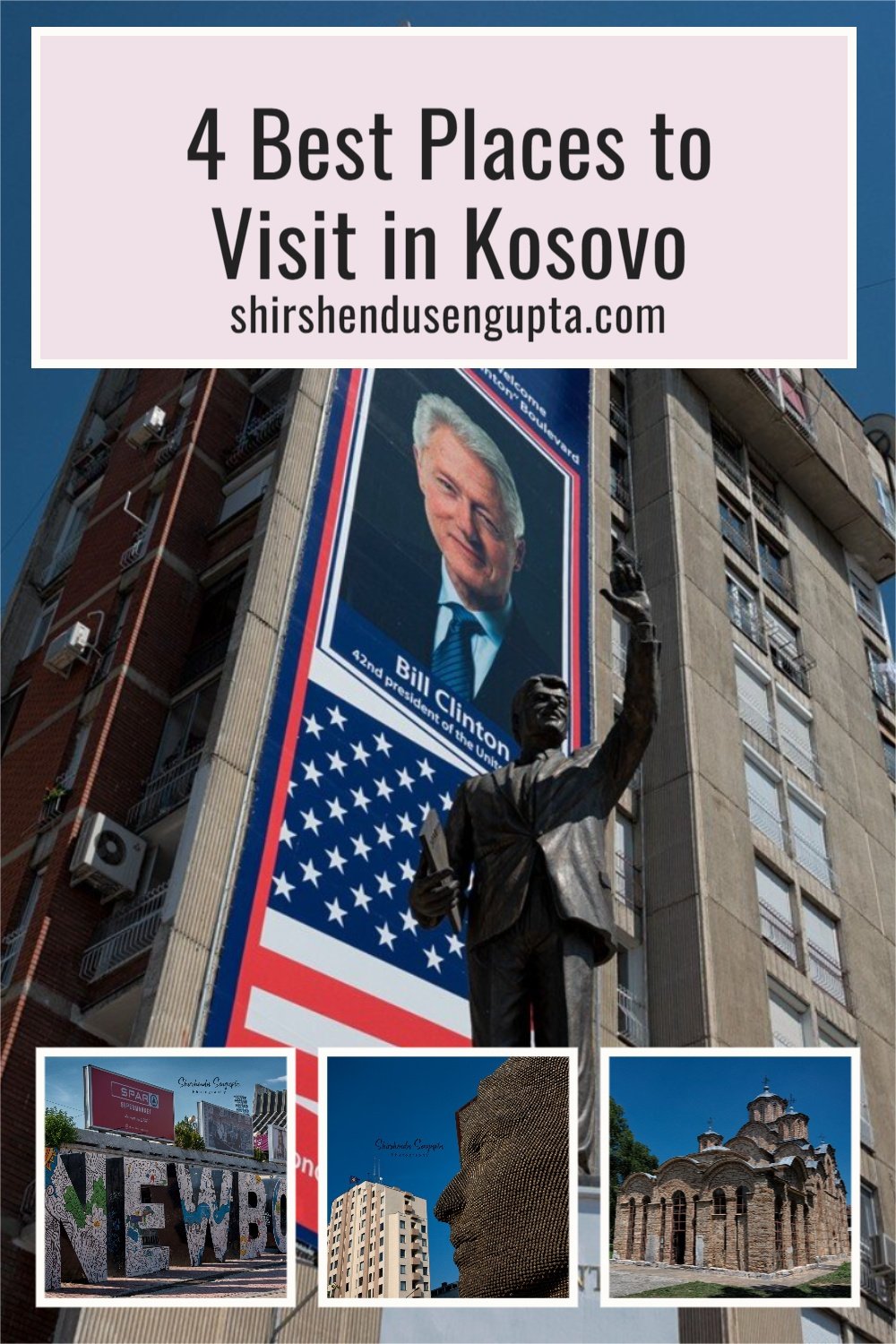8 Best Places to Visit in Northern Morocco
Prologue
During a memorable Easter, we set out on an epic adventure, ‘Where Europe Meets Africa | 7000 km Road Trip from the Netherlands to Morocco through Wine Roads, Holy Sites, and Clifftop Towns of France, Spain, and Gibraltar | Itinerary, Tips, and Tricks’ (blog article coming soon). What started as a casual idea soon unfolded into one of the most memorable experiences of our lifetime. Along the way, we wandered through medieval villages, sipped wine in quiet French vineyards, stood in awe at ancient cathedrals and abbeys, drove along coastal cliffs, and watched the cultures of Europe slowly melt into the soulful rhythms of Morocco.
And now, based on everything we saw, tasted, and felt, I'm inviting you to come along with us on this ride, as we explore the 8 best places to visit in Northern Morocco. From the blue alleys of Chefchaouen to the artistic vibes of Asilah, from the coastal cityscapes of Tangier and Tetouan to the tranquil seaside towns of M’diq and Martil, this journey across Northern Morocco is a mosaic of color, history, and wonder. Let the adventure begin!
Welcome to Northern Morocco
Northern Morocco is where Africa meets Europe, where the Mediterranean kisses the Atlantic, and where history, culture, and landscape collide in vibrant harmony. This region is known for its rich cultural tapestry, rooted in centuries of Berber, Arab, Andalusian, and European influence. From Phoenician traders to Roman conquerors, Islamic dynasties to Spanish and French colonial powers, each era has left behind its imprint in the architecture, art, and spirit of the north.
Northern Morocco stands apart from the arid deserts of the south. It boasts lush hills, blue-painted towns nestled in the Rif Mountains, seaside promenades lined with palm trees, and ancient cities filled with souks, mosques, and gardens. The strategic location near the Strait of Gibraltar gave rise to port cities that once served as gateways for explorers and traders between continents.
Today, Northern Morocco offers a unique blend of tradition and modernity. One moment you’re sipping mint tea in a centuries-old medina, the next you're gazing out at Spain from a windblown cape. Whether you're drawn to the colors of Chefchaouen, the rhythms of Tangier, or the historic richness of Tetouan, Northern Morocco will enchant you with its soulful character and timeless charm.
8 Best Places to Visit in Northern Morocco
1. Chefchaouen
Tucked away in the Rif Mountains, Chefchaouen, nicknamed the “Blue Pearl of Morocco,” is undoubtedly one of the most photogenic towns in the country. Founded in 1471 as a fortress to resist Portuguese invasions, Chefchaouen soon became a refuge for Muslims and Jews fleeing the Spanish Reconquista (Spanish term for “reconquest” referring to a long series of wars in the Iberian Peninsula waged by Christian kingdoms in northern Spain to reclaim land from Muslim Moors who had conquered most of the peninsula in the early 8th century, lasting roughly from 711 to 1492). The town’s distinct Andalusian influence is reflected in its architecture - whitewashed buildings, terracotta roofs, and hidden courtyards.
What sets Chefchaouen apart is its iconic blue palette, said to symbolize the sky and heaven. Some claim it was introduced by Jewish refugees in the 1930s, while others believe it keeps mosquitoes away. Regardless, wandering through its cobalt alleys is a sensory experience; each corner is a picture-perfect blend of color, light, and texture.
Beyond its aesthetic appeal, Chefchaouen is a cultural haven. The medina is filled with artisanal shops selling handwoven blankets, ceramics, and traditional leather goods. Don’t miss the Kasbah Museum in the central square, which offers views over the town and insight into its past. Nature lovers can hike to the Spanish Mosque for sunset or venture into the surrounding Talassemtane National Park for waterfalls and cedar forests. Chefchaouen is not just a pretty face, it’s a serene escape with deep historical roots.
To know more about the best places to take mesmerizing pictures of Chefchaouen, please read our article, Ultimate Photographer’s Guide to Chefchaouen, the Blue City of Morocco | 29 Most Instagrammable Photo Spots in Chefchaouen (with GPS Coordinates) | 29 Best Things to See and Do in Chefchaouen.
2. Asilah
Asilah is a charming coastal town on the Atlantic, famous for its pristine medina, artistic murals, and laid-back atmosphere. Originally a Phoenician settlement over 2,000 years ago, Asilah later became a strategic outpost for Romans, Portuguese, and finally Moroccans. Its 15th-century ramparts, built by the Portuguese, still encircle the old town, giving it a distinct fortified charm.
Asilah underwent a cultural revival in the 1970s, when artists from around the world were invited to paint its whitewashed walls during the Asilah Arts Festival, an event that continues to this day. These vibrant murals transform the medina into a living gallery, blending contemporary creativity with ancient alleyways.
The town’s compact size makes it perfect for slow, immersive exploration. Meander through its traffic-free medina where cats laze in the sun, waves crash against stone walls, and locals greet you with warm smiles. The Grand Mosque and Raisuli Palace stand as architectural testaments to the town’s layered history. Asilah isn’t just a visual delight, it’s a soulful town that balances historical depth with artistic flair, making it a must-stop on any northern Moroccan journey.
To know more about the best things to do in Asilah, please read our article Perfect 1-Day Itinerary for Asilah | 13 Best Things To See and Do in Asilah on a Day Trip from Tangier, Morocco.
3. Tetouan
Tetouan, often called “La Blanca” or “The White Dove” (“Hamama” in Arabic), is a UNESCO World Heritage Site that offers an authentic glimpse into Moroccan-Andalusian culture. Nestled at the base of the Rif Mountains and just a few kilometers from the Mediterranean coast, Tetouan has a rich and complex history. It flourished during the 15th and 16th centuries as a haven for Muslim and Jewish refugees from Spain, who brought with them the Andalusian art, architecture, and traditions that still define the city today.
Tetouan’s medina is among the most unspoiled in Morocco. Unlike the more touristic souks of Chefchaouen or Tangier, Tetouan’s medina is still primarily for locals. It’s a labyrinth of white-walled homes, colorful doors, tiled courtyards, and artisan workshops. Wanderers can witness traditional leather tanning, weaving, and silverwork that have remained unchanged for generations.
The city also boasts a striking Spanish quarter, a remnant of Spanish protectorate rule from 1912 to 1956. Here you’ll find art deco buildings, fountains, and cafés that lend a European ambiance. The Archaeological Museum and the Royal Palace add depth to the cultural experience. Tetouan is less crowded but deeply enriching, a city that lives in quiet dignity, bearing the marks of centuries of cultural convergence.
To know more about the best things to do in Tétouan, please read our article 1-Day in Tetouan Itinerary | 15 Best Things To See and Do in Tetouan on a Day Trip from Tangier, Morocco.
4. Tangier
Tangier, perched at the crossroads of Europe and Africa, is a city with a storied past and a cosmopolitan soul. With just 14 kilometers separating it from Spain across the Strait of Gibraltar, Tangier has long been a magnet for spies, artists, writers, and traders. From ancient Carthaginians to modern-day Tangier, perched at the meeting point of Europe and Africa, has always been a city that sparks curiosity and imagination. With Spain visible across the Strait of Gibraltar, the city has for centuries served as a natural bridge between continents. Phoenicians, Romans, Arabs, Portuguese, and Spanish all shaped its character, leaving traces of their civilizations in the streets, squares, and fortifications that still define the urban landscape. Its strategic location allowed Tangier to become a bustling port city where merchants, travelers, and diplomats gathered, creating a multicultural identity that continues to thrive today.
In the twentieth century, Tangier entered its most legendary era when it became an International Zone governed by multiple nations. This status attracted diplomats, spies, artists, and writers who brought a bohemian charm to its cafés and hotels. Figures such as Paul Bowles, Henri Matisse, and Tennessee Williams found inspiration in its atmospheric medina and blue seascapes. That creative energy remains visible in present-day Tangier, particularly in the Kasbah, where Andalusian houses, ornate wooden doors, and quiet courtyards create scenes perfect for sketchbooks and stories. The Grand Socco (Big Market), linking the old city and the new, buzzes with daily life. Along the Corniche, modern Tangier unfolds with beach promenades, restaurants, and a lively marina, presenting a city that continues to reinvent itself while honoring its timeless spirit.
To know more about the best things to do in Tangier, please read our article Perfect 1-Day in Tangier Itinerary | 18 Best Things To See and Do on a Day Trip to Tangier, Morocco.
5. M’diq
M’diq (pronounced as Madiaq in Arabic), a small Mediterranean town located between Tetouan and Ceuta, has rapidly evolved from a sleepy fishing village into a chic seaside destination. Despite its growing popularity, M’diq maintains a relaxed, low-key charm that makes it a favorite summer retreat for Moroccans and international visitors alike. Its name, derived from the Arabic “Al-Madiq” meaning "strait," reflects its geographic position near the Strait of Gibraltar.
The town’s modern marina, known as Marina Smir, is the focal point of luxury tourism in the area. Here, you’ll find sleek yachts, upscale restaurants, and waterfront cafes where fresh seafood is served against a backdrop of swaying boats and blue waters. Yet, M’diq’s heart still beats with local rhythm; fishermen return with daily catches, and old men sip mint tea in quiet corners.
The beach is wide, clean, and family-friendly, with calm waters ideal for swimming and water sports. M’diq also serves as a base for exploring the nearby Rif Mountains or taking boat excursions along the coast. Though it lacks the historical density of cities like Chefchaouen or Tangier, M’diq offers a perfect blend of comfort, natural beauty, and local authenticity, ideal for those seeking seaside serenity in Northern Morocco.
6. Martil
Just a short drive from Tetouan, the coastal town of Martil offers a charming blend of modern beachfront ambiance and traditional Moroccan hospitality. Once a quiet fishing village, Martil, whose name is thought to derive from the Spanish "Río Martín," has blossomed into a popular summer resort town for locals and travelers seeking an escape to the sea.
The town’s wide, palm-lined promenade is its crown jewel, stretching along a golden beach where families picnic, kids play football, and vendors sell everything from corn on the cob to handmade crafts. By day, it’s all sunshine and sea breezes; by night, the promenade comes alive with lights, music, and the clinking of glasses in waterfront cafes.
Though Martil doesn’t boast the dazzling blue medina of Chefchaouen, ancient monuments of Tangier, or the artistic flair of Asilah, it offers simple pleasures - fresh seafood, scenic sunsets, and a relaxed atmosphere that feels worlds away from the hustle of big cities. It also serves as a convenient jumping-off point for day trips to Tetouan, M’diq, and even the Spanish enclave of Ceuta. With its clean beaches and welcoming vibe, Martil is perfect for unwinding after days of exploring Morocco’s more historical and hectic destinations.
7. Cape Spartel
Cape Spartel is where continents nearly kiss, the dramatic promontory just west of Tangier, where the Atlantic Ocean meets the Mediterranean Sea. This windswept cape, perched high above sea level and surrounded by rugged cliffs, has fascinated sailors, historians, and poets for centuries. It’s the symbolic and geographical gateway between Europe and Africa.
Historically, Cape Spartel was a critical navigation point for Phoenician, Roman, and later Islamic traders. Its strategic importance continued through the colonial period, with the nearby Strait of Gibraltar becoming one of the world’s busiest maritime routes. The iconic lighthouse, built by Sultan Muhammad IV in 1864, still stands guard, casting its beam across converging waters.
Today, Cape Spartel is a popular scenic stop offering panoramic ocean views, wildflowers, and a deep sense of timelessness. On clear days, you can see the Spanish coast shimmer across the sea. The viewpoint is ideal for photography at sunset when the sky and water glow in gold and rose hues. A small café near the lighthouse offers mint tea with a view, and walking paths lead to cliffside perches perfect for quiet contemplation. Cape Spartel is not just a geographic marvel; it’s a place to pause and appreciate the awe-inspiring beauty of nature’s borders.
8. Hercules Cave
Just a few kilometers from Cape Spartel lies the legendary Hercules Cave, one of Morocco’s most intriguing natural and mythological landmarks. This seaside cavern is steeped in lore; local legend claims it’s where the demigod Hercules rested during his twelve labors, hence its name. According to Greek mythology, he even split the continents apart at the Strait of Gibraltar, forming the famous Pillars of Hercules.
The cave complex includes both natural and manmade sections. The Berbers are believed to have carved part of the cave to extract millstones, leaving behind the cave’s most iconic feature, a naturally shaped opening facing the Atlantic that resembles the map of Africa. This “window to Africa” has become one of the most photographed sights in northern Morocco.
Visitors can explore the cave’s dimly lit interior, where waves crash against its walls, echoing through the hollows. The combination of myth, sea spray, and rock makes for an atmospheric experience. Outside, vendors sell souvenirs and snacks, adding to the lively scene. Hercules Cave isn’t just about myth; it’s a stunning geological formation that bridges history and natural wonder. Whether you come for the story or the scenery, it’s a must-visit for any traveler exploring Tangier and the northern coast.
To know more about the Caves of Hercules and how to visit them, please read our article The Legendary Caves of Hercules | All You Need to Know Before You Embark on a Mythical Day Trip from Tangier, Morocco.
Other Places to Visit in Northern Morocco
If you have time to explore Northern Morocco beyond the places mentioned above, the region offers many more destinations worth adding to your journey. Here are some of the most rewarding places to consider -
Fes: One of Morocco’s oldest imperial cities, known for its UNESCO-listed medina, traditional tanneries, medieval madrasas, and deep spiritual atmosphere.
Fnideq: A lively town close to the Mediterranean, known for its coastal charm, local markets, and relaxed cafés.
Oued Laou: A peaceful beach destination framed by mountain scenery, ideal for those who love quiet seaside escapes.
Akchour Valley: A natural paradise near Chefchaouen with waterfalls, hiking trails, emerald pools, and dramatic mountain formations.
Lixus: An ancient Phoenician and Roman archaeological site with hilltop views, temples, and remnants of an amphitheater.
Larache: A calm coastal town with Spanish-influenced architecture, a scenic riverside, and access to the archaeological site of Lixus.
Ksar Sghir: A small coastal settlement offering sweeping views of the Strait of Gibraltar and a peaceful shoreline.
Tanger Med area viewpoints: Modern maritime landscapes, impressive port architecture, and panoramic sea views.
Visiting Northern Morocco
Best Time to Visit: The ideal time to visit Northern Morocco is during the spring (March to May) and autumn (September to November). These shoulder seasons offer comfortable temperatures, blooming landscapes, and fewer crowds. Summers can be hot, especially inland, while winters are milder but sometimes rainy along the coast. Spring brings festivals and lush countryside, perfect for exploring cities like Chefchaouen or Tangier. Coastal towns like M’diq and Martil are at their best in early summer before domestic tourism peaks. Whether you’re hiking the Rif Mountains or strolling seaside promenades, spring and fall provide the most enjoyable and scenic travel conditions. We traveled to Northern Morocco at the end of April.
Number of Days to Stay: To fully experience Northern Morocco’s diversity, a stay of a week is ideal. This allows time to immerse yourself in the blue maze of Chefchaouen, enjoy art-filled Asilah, soak up Tangier’s culture, and relax by the sea in M’diq or Martil. Add a couple of days for historical Fes and scenic detours to Cape Spartel and Hercules Cave. While it's possible to do a quick tour in 4-5 days, the longer itinerary allows for a slower, more meaningful exploration. Factor in travel time between towns, especially if you’re self-driving or taking public transport.
Best Place to Stay: The best strategy for exploring Northern Morocco is to make Tangier your main hub like we did, as it’s centrally located, well-connected, and offers a wide range of accommodations—from elegant riads in the Kasbah to modern hotels along the Corniche. From Tangier, day trips or short overnights to Chefchaouen, Asilah, Tetouan, Cape Spartel, and Hercules Cave are easily manageable. Coastal towns like M’diq and Martil are also reachable for relaxed beach days. If you plan to visit Fes, consider booking a separate riad inside the Fes el-Bali medina for a deeper cultural experience, as the city deserves at least one or two nights.
Best Way to Arrive: The easiest entry point to Northern Morocco is via Tangier Ibn Battouta Airport, which connects to major European cities. Ferries from Spain (Algeciras or Tarifa) to Tangier or Ceuta offer scenic alternatives, especially for road trippers. For overland entry, the Ceuta-Tetouan corridor is well-developed. If you're flying into southern Spain, a drive across Gibraltar to Algeciras, followed by a ferry to Tangier, is popular. Another option is arriving by train or car from Rabat or Casablanca. Regardless of the route, Tangier serves as the most accessible and well-connected base for exploring Northern Morocco. We drove to Morocco from the Netherlands in our own car, crossing over from Algeciras to Tangier by ferry along with our car.
Best Local Mode of Conveyance: The most flexible way to explore Northern Morocco is by rental car, especially if you’re planning a road trip across multiple towns. For those preferring public transport, CTM and Supratours buses are reliable and comfortable. Shared taxis (grand taxis) offer an affordable option for shorter distances. In cities like Tangier and Tetouan, walking and petit taxis are the best way to navigate narrow medina streets. Plan ahead for parking if staying within old city centers. We drove around in Northern Morocco in our own car.
Epilogue
Northern Morocco is a place where every corner tells a story of ancient civilizations, artistic traditions, sea-salted breezes, and vibrant cultures blending over time. From the blue alleys of Chefchaouen to the timeless medina of Tangier, each destination offers a unique window into Morocco’s rich northern soul. Whether you’re drawn by history, photography, or the simple joy of wandering, this region rewards you with unforgettable moments and heartfelt connections. We hope our journey inspires yours, and that the road leads you to experiences just as magical. Please let us know in the comments below if you enjoyed reading this article.
And if you want to read the day-by-day account of our 7000 km road run from the Netherlands to Morocco during Easter, please visit our article Where Europe Meets Africa | 7000 km Road Trip from the Netherlands to Morocco through Wine Roads, Holy Sites, and Clifftop Towns of France, Spain, and Gibraltar | Itinerary, Tips, and Tricks. Until then, merry traveling and happy shooting!
Pin the article
Bookmark the article for reading later!
Want to license/buy photos in the article?
License photos for commercial/editorial use or buy photo prints!
Want us to write an article for you?
Articles for magazines, newspapers, and websites!
Watch our Videos
Check out our videos on our Youtube Channel!
Join the Newsletter
Get updates on our latest articles!
We respect your privacy. Read our policy here.


















